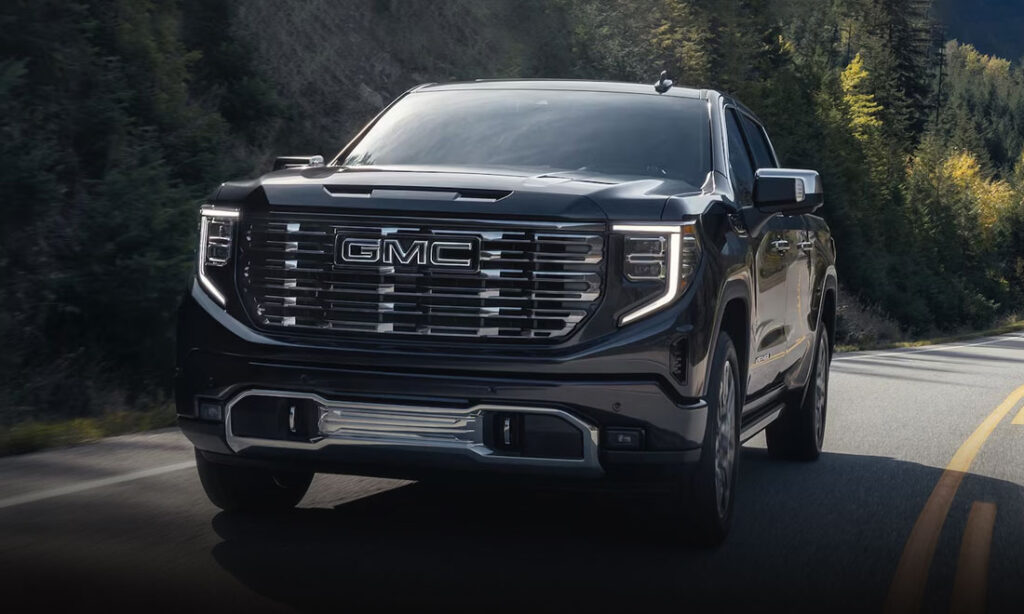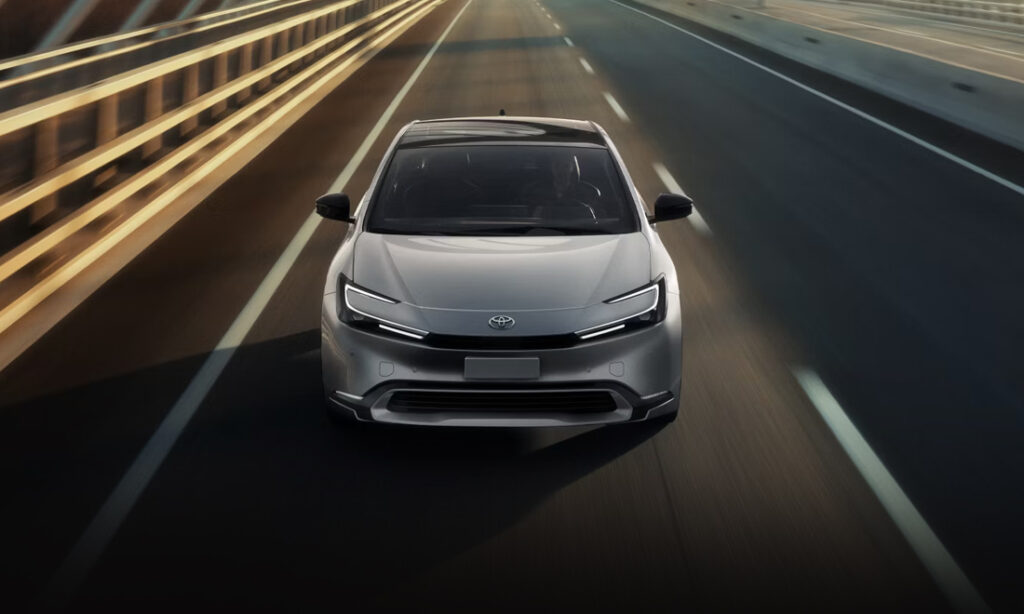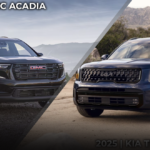Retro Review: 1957 Chevy Bel Air
The 1957 Chevrolet Bel Air is a classic that stands the test of time. With its style and iconic power-train, we explain why the Bel Air is so special.
A New Age For American Automotive Design
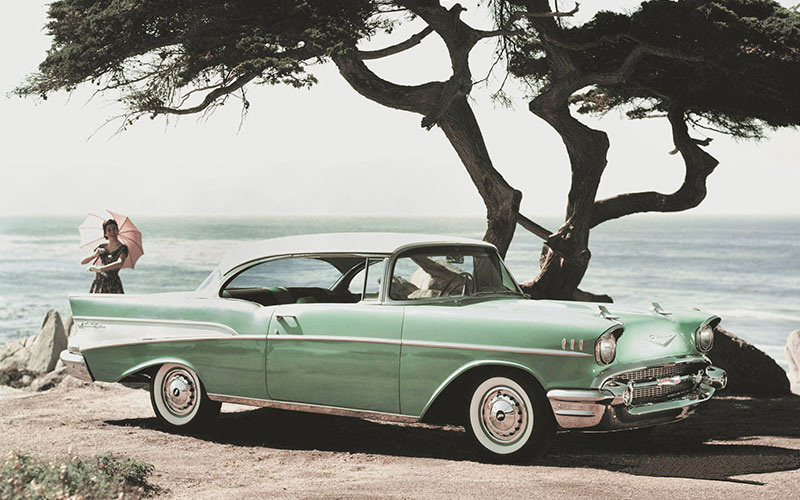
1957 Chevrolet Bel Air – media.chevrolet.com | Shop 1957 Chevy Bel Air on Carsforsale.com
World War II had ended and the Jet Age was flourishing in America. Excess ruled the day and the 1957 Chevy Bel Air was that spirit in automotive form. As a member of a much broader sedan, coupe, wagon, and convertible family, the Bel Air was the top trim model and it set Chevrolet on a path that they’re still on today. Now we’ll look back at how exactly the Bel Air came to be, what made it so special back in 1957, and how its timeless design is still affecting the way modern cars are made.
The Family Tree of the 57’ Chevy
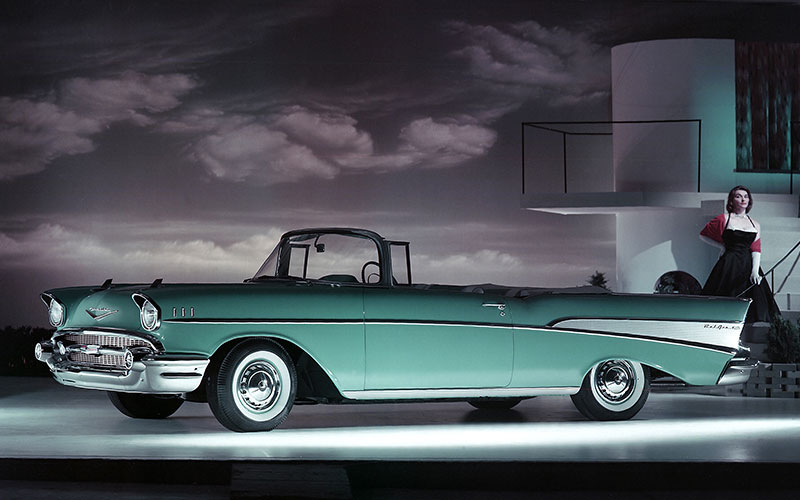
The very name Bel Air is a direct nod to the excess found in the West Los Angeles neighborhood that the car is named for. Chevrolet initially began production of the Bel Air in 1950 and gave the name to its first hardtop model. As manufacturing changed and the lineup grew, the name Bel Air was turned into the top trim level of Chevrolet’s lineup. That’s the era where the 1957 Bel Air and its mystique came from. It’s the same year that set the groundwork for cars like the Impala and Corvair that would come after it.
In 1957, the Bel Air sat atop a range that included the 150, the 210, and the Delray. Each is distinctive in its own way. The 150 featured a straight trim piece on the side of the car from nose to tail. The 210 was mechanically similar to the Bel Air but used silver trim and Chevrolet badges in place of Bel Air badges. Finally, the Delray received special interior treatments. None were considered as lavish or special as the Bel Air but all of them shared the same jet-like tail fins that were both bold but tasteful.
Under The Skin
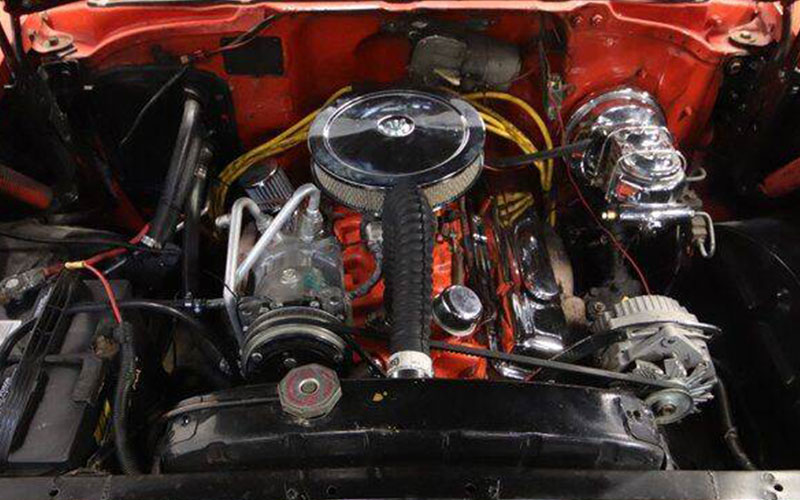
While the exterior styling of the Bel Air was undoubtedly special, it wouldn’t be the icon it is today without the inclusion of an outstanding powertrain. In 1955, the Bel Air received Chevrolets first small-block 265 cubic-inch 162 horse-power V8 engine. For the 1957 model year, four different engines were available and each has its own following today. The base 235 cubic-inch Blue Flame inline-six engine generated 140-horsepower. A slightly more potent 265 cubic-inch 165-horsepower V8 was the next step up and very popular. The third engine offered was the 265 cubic-inch V8 with 170 horsepower. What set the Bel Air apart though was an optional 283 cubic-inch V8 engine. Six different variants of this motor could be had and power ranged anywhere from 185-horsepower all the way up to 283-horsepower.
This was the first time in history that Chevrolet had produced an engine that made one horsepower per cubic-inch. That 283-horsepower version used fuel injection. In fact, the same motor and almost identical motor that was carbureted were both available in the 1957 Corvette. For the first half of 1957, the Bel Air could be had with a two-speed automatic a three-speed automatic or a three-speed manual transmission. In the second-half of the year, Chevrolet released a floor-mounted four-speed manual transmission option which could be paired to 283.
Conclusion
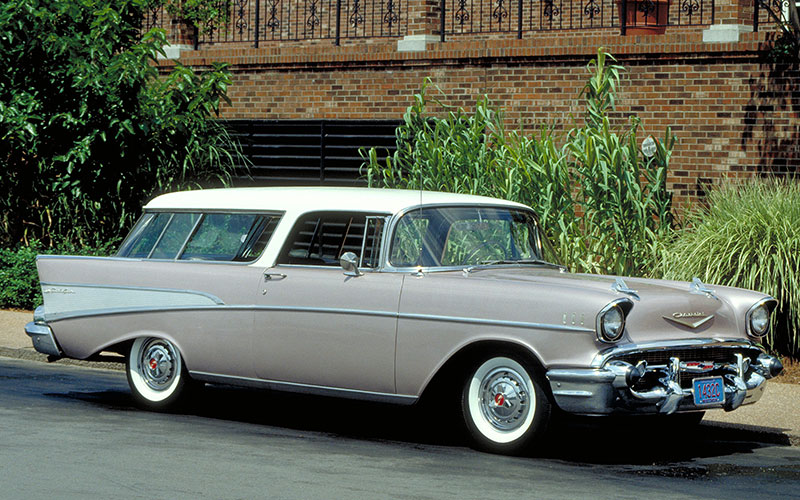
1957 Chevrolet Bel Air – media.chevrolet.com | Shop 1957 Chevy Bel Air on Carsforsale.com
The Bel Air marked the first real culmination of what the ultimate American car could be. It wasn’t wildly expensive but it was just as exciting both to look at and to drive as a Cadillac. It stood out wherever it went and was unapologetic about its power and panache. Thanks to a wide swath of body styles, buyers could get it however they wanted it, from a two-door hardtop coupe to a long and lanky six-passenger station wagon.
Today, we look back on the ’57 Chevy and most notably, the Bel Air, as the car that set the bar for what American cars would become. Today, the top-of-the-line GM sedan, the Cadillac CT5-V Blackwing uses the same basic engine as the Corvette. It’s bombastic, flashy, and fiery. It’s a status symbol. That DNA dates all the way back to the 1957 Bel Air. In fact, that sort of bravado still drips off of most high-end trim lines made by American car companies. Sure, the tail fins might be long gone, but the Bel Air’s spirit has never left the building.



